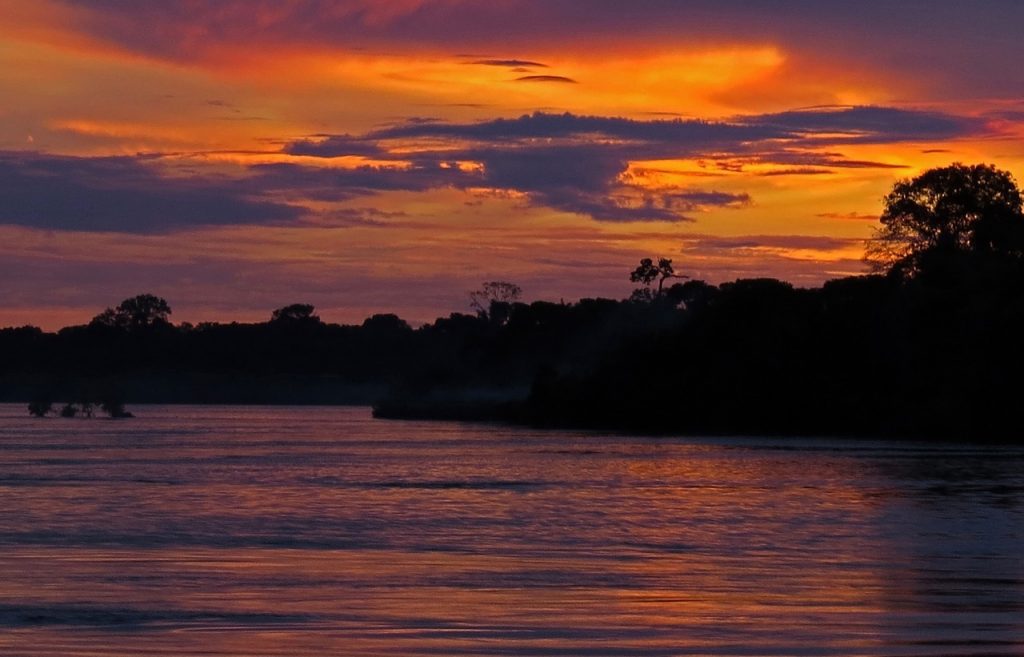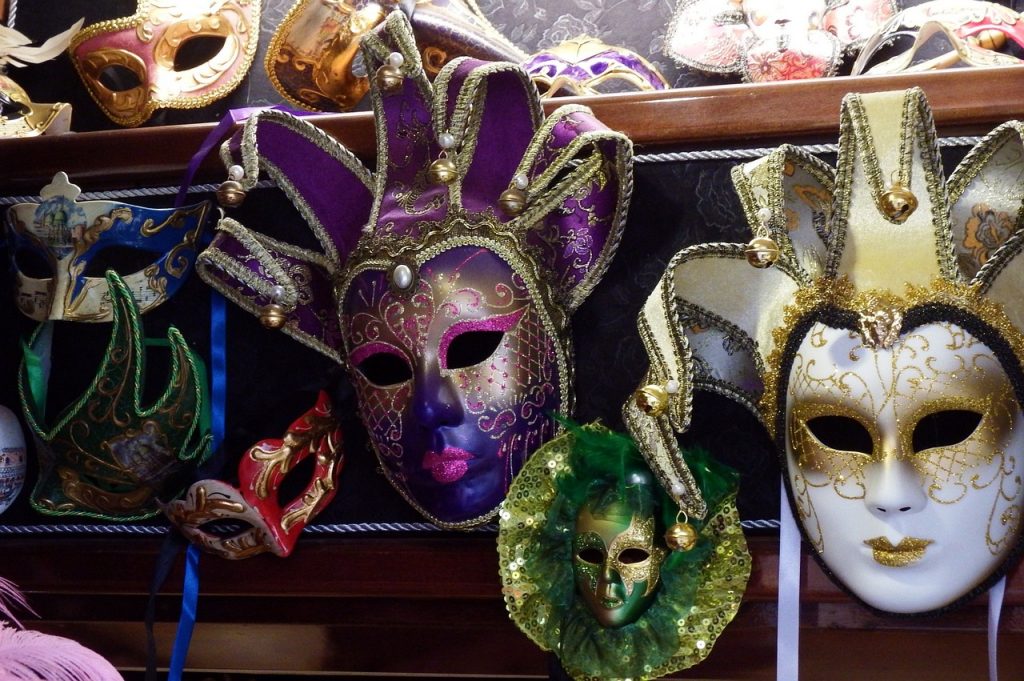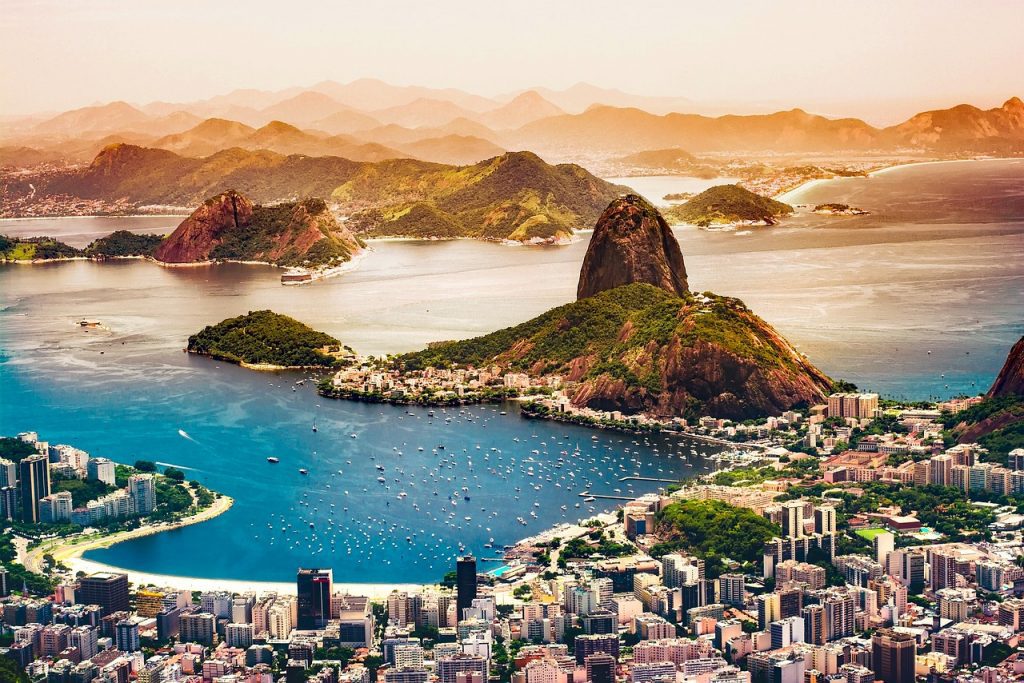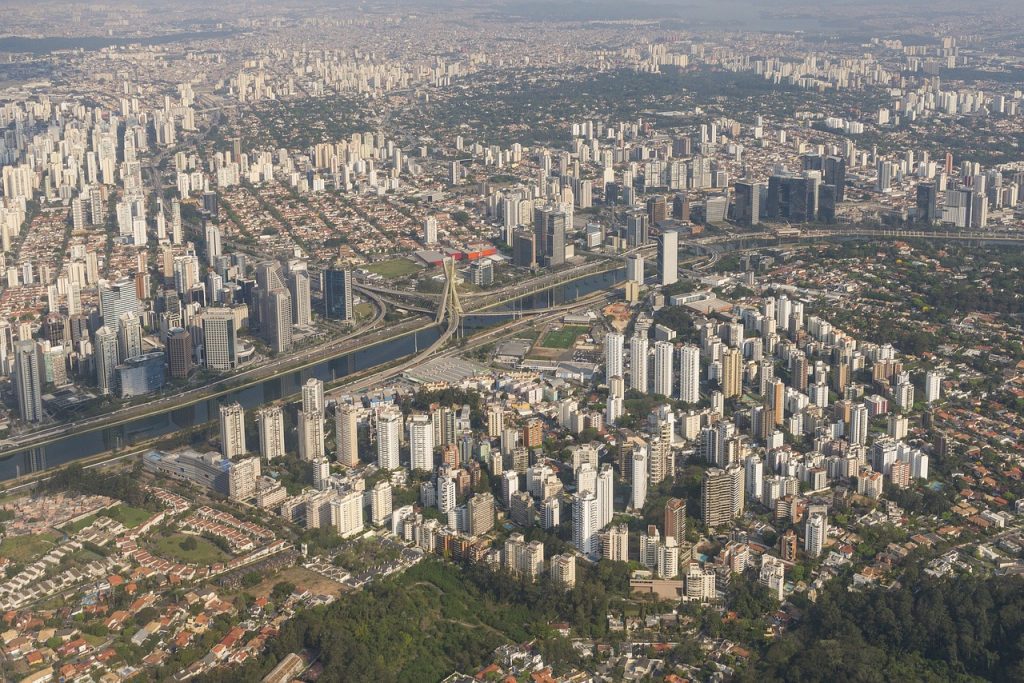Best Time to Visit Brazil
Brazil is the largest country in South America with an abundance of cultural and wilderness adventures waiting visitors. The astounding natural beauty, exquisite culture, and striking landscapes promises travelers an unforgettable journey. This leaves many people asking when is the best time to visit Brazil.
From the Amazon Rainforest to the lively streets of Rio de Janeiro, Brazil offers a kaleidoscope of experiences. Your Brazilian adventure is beckoning your visit. Let’s explore the seasons and other factors to help identify the best time to go to Brazil for your iconic vacation. Your dream trip to this South American gem is ready.
Best Time to Visit Brazil Based on the Weather
Spring (September to November):
Springtime in Brazil is a delightful season. With temperatures ranging from 70°F to 85°F (21°C to 29°C), it’s a fantastic period for exploring the country. During these months, the rain is relatively sparse, and the lush landscapes revive with blooming flowers. It’s an ideal time for outdoor adventures in the Amazon, visiting the iconic Christ the Redeemer in Rio, or enjoying the beaches along the coast.
Summer (December to February):
If you’re a sun worshiper and beach lover, Brazilian summer is the best time to visit. Average temperatures vary from 75°F to 95°F (24°C to 35°C), making it perfect for coastal getaways. This season coincides with the carnival, bringing lively parades and festivities to cities like Rio de Janeiro and Salvador. However, keep in mind that prices can be higher during this peak tourist season.
Autumn (March to May):
Autumn offers pleasant weather in Brazil, with temperatures between 70°F and 85°F (21°C to 29°C). This season is ideal for exploring Brazil’s diverse landscapes, from the Pantanal wetlands to the historic streets of Salvador. It’s also a great time to visit the beautiful Iguazu Falls, as the water levels are neither too high nor too low.
Winter (June to August):
Brazil’s winter varies by region. In the south, temperatures range from 50°F to 70°F (10°C to 21°C), while the north remains warmer, with averages between 70°F and 85°F (21°C to 29°C). Winter is an excellent time for wildlife enthusiasts to visit the Pantanal, spot jaguars, and embark on Amazon cruises. The dry weather makes it ideal for outdoor activities.
Best Time to Visit Brazil Based on Prices and Crowds
Low Season (May to September):
Winter marks the low season in most parts of Brazil. Prices for accommodations and flights tend to be lower, and you’ll encounter fewer tourists at popular attractions. It’s a great time for budget travelers to explore Brazil’s diverse regions.
Shoulder Seasons (Spring and Autumn):
Spring and autumn provide a balance between favorable weather and manageable crowds. Prices for accommodations and flights are reasonable, and you can enjoy a more relaxed experience at tourist spots. These shoulder seasons are perfect for exploring Brazil’s cultural heritage.
High Season (December to February):
Brazilian summer is the high season, especially along the coast and in tourist-heavy areas. Accommodation prices are at their peak, and popular attractions can be crowded. Booking well in advance is advisable if you plan to visit during the summer months.
Discovering Brazil’s Cultural Experiences
Brazil is known for its vibrant and diverse cultural scene, with numerous annual events and festivals that showcase its rich heritage. Here are ten of the most popular cultural experiences that occur annually across Brazil:
- Carnival (February or March): Brazil’s Carnival is world-famous for its elaborate parades, samba dancing, and colorful costumes. Rio de Janeiro, Salvador, and Recife are some of the best places to experience this lively celebration of music and dance.
- Festa Junina (June): Festa Junina, or the June Festival, is a celebration of Brazilian rural traditions. It includes folk music, traditional dances like the quadrilha, and delicious regional food, such as corn-based treats and quentão (a warm alcoholic beverage).
- Bumba Meu Boi (June and July): This folk festival, celebrated primarily in the northeastern states, features dramatic performances, music, and dance. It tells the story of a resurrected ox and is a UNESCO-recognized cultural event.
- Lavagem do Bonfim (January): Salvador’s Lavagem do Bonfim is a Bahian tradition that combines Afro-Brazilian religious rituals with a lively street party. Participants dress in white and follow a procession to wash the steps of the Bonfim Church.
- Parintins Folk Festival (June): Held on an island in the Amazon River, this festival is a colorful showdown between two teams, Garantido and Caprichoso. Elaborate costumes, dance performances, and music celebrate the Amazonian culture.
- Tiradentes Film Festival (January): This film festival, named after a Brazilian revolutionary hero, showcases the best of Brazilian and international cinema. It’s held in Tiradentes, a charming colonial town in Minas Gerais.
- Rock in Rio (Biennial: Odd years): One of the world’s largest music festivals, Rock in Rio features top international and Brazilian artists across various music genres. It attracts music lovers from around the globe.
- Círio de Nazaré (October): In Belém, the Círio de Nazaré is one of Brazil’s largest religious processions, attracting millions of pilgrims. It honors Our Lady of Nazareth and includes a grand river procession.
- São João de Campina Grande (June): This festival in Campina Grande, Paraíba, is known as the “biggest Saint John’s festival in the world.” It features music, dancing, and competitions, including the selection of the Queen of the Rodeo.
- Festival de Cinema de Gramado (August): Held in the charming town of Gramado, this film festival focuses on Latin American cinema. It awards the prestigious Kikito trophies to outstanding films and filmmakers.
These cultural experiences reflect the diversity and vibrancy of Brazil’s traditions, from its famous Carnival to its regional celebrations rooted in history and folklore. Visiting Brazil during one of these festivals offers a unique opportunity to immerse yourself in the country’s lively culture and traditions.
Exploring Brazil’s Outdoor Experiences
Brazil offers a wide range of seasonal outdoor experiences. Here are five outdoor activities that are seasonal and showcase the country’s natural beauty:
- Whale-Watching in Fernando de Noronha (August to November): Fernando de Noronha, an archipelago off the northeast coast of Brazil, is a renowned whale-watching destination. Humpback whales migrate to these waters from August to November for breeding and calving. Tourists can take boat trips to witness these magnificent marine creatures.
- Amazon Rainforest Exploration (Dry Season: June to November): The Amazon Rainforest, spanning across northern Brazil, offers a unique opportunity for eco-adventures. The best time to explore the Amazon is during the dry season, from June to November, when the water levels are lower, and hiking, wildlife spotting, and river cruises are more accessible.
- Pantanal Wetlands Safari (Dry Season: May to September): The Pantanal, the world’s largest tropical wetland area, is a wildlife enthusiast’s paradise. During the dry season, from May to September, the water recedes, concentrating wildlife around waterholes. This is the ideal time for safaris to spot jaguars, capybaras, and a diverse range of bird species.
- Beach Kiteboarding in Cumbuco (July to January): Brazil’s coastline offers fantastic opportunities for water sports like kiteboarding. Cumbuco, in the state of Ceará, is a popular destination for kiteboarding enthusiasts. The windy season lasts from July to January, providing ideal conditions for this thrilling sport.
- Pantanal Canoeing and Bird-Watching (Wet Season: November to March): While the dry season is excellent for wildlife spotting in the Pantanal, the wet season, from November to March, offers a unique perspective. Canoeing becomes an exciting way to explore flooded areas, and bird-watching is especially rewarding as migratory species arrive.
These seasonal outdoor experiences in Brazil allow travelers to connect with the country’s diverse ecosystems, from the pristine beaches to the lush rainforests and vibrant wetlands. There are outdoor activities that can be experienced any time of the year.
Other Outdoor Experiences
Amazon Rainforest: The Amazon is a biodiversity hotspot. Visit during spring or winter to explore the rainforest, spot wildlife, and take boat trips along the mighty rivers.
Pantanal Wetlands: The world’s largest tropical wetland is a wildlife paradise. The dry season (winter) is the best time to spot jaguars, capybaras, and bird species.
Iguazu Falls: These spectacular waterfalls are worth visiting year-round. However, autumn is ideal for pleasant weather and moderate water levels.
What Is the Best Time to Visit Brazil and Why?
The best time to visit Brazil depends on your interests and the experiences you desire. If you crave warm weather, vibrant festivals, and beach vacations, Brazilian summer is perfect. For those seeking a balance between favorable weather and affordability, the shoulder seasons of spring and autumn offer an ideal compromise. Winter is excellent for wildlife enthusiasts and outdoor adventures, while spring adds a touch of floral beauty to your journey.
In conclusion, Brazil is a year-round destination, offering a wealth of experiences. Whether you’re exploring the lush Amazon, dancing samba in Rio de Janeiro, or indulging in Brazilian cuisine, each season adds its own unique charm to this captivating country. So, when is the best time to visit Brazil? It depends on your preferences and the adventures you seek.
Experience the magic of Brazil in spring, summer, autumn, or winter—it’s a journey you won’t forget.





